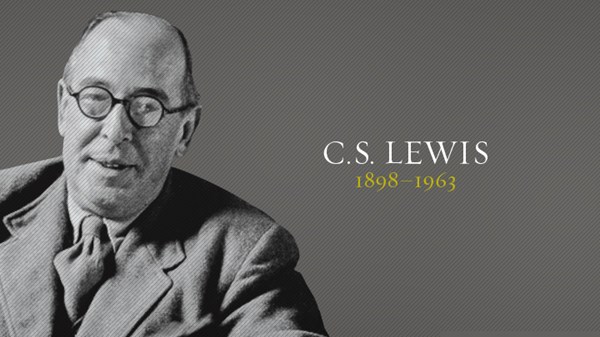
I am writing this post on a Sunday evening. If you preached today you know that feeling of a sense of accomplishment, plus the usual nagging thoughts of, “It could’ve been better, Lord. I tried my best.”
I am enjoying the slow process of reentering my “normal” life. Like, for instance, getting back to my reading schedule which includes books like Jared E. Alcántara’s, The Practices of Christian Preaching: Essentials for Effective Proclamation.
In his introduction, Jared reminds his readers that what matters most is what we preach and “not just how we preach” (p. 6).
He quotes Augustine:
“There is a danger of forgetting what one has to say while working out a clever way to say it” (p. 6).
As I mentioned not too long ago, I had the privilege of working with two sections of Advanced Homiletics students in PA and MD. Part of their final sermon assignment involves writing a manuscript. They preach without it, but write it to practice what they want to say to their listeners. In almost every case it makes them better preachers since the practice makes them work harder on how they speak to their congregants.
Alcántara reminds us how important it is to develop sermon content based upon solid exegesis of the passage. That’s what we have to say. That’s where our authority comes from.
But there is a place for working on how we say it. Cleverness isn’t the goal but listenability and clarity are. So allow the practice of manuscripting to aid your communication. Just note Augustine’s warning. We can’t work so hard at being clever that we forget what we have to say.
As you begin to think hard about next Sunday strike a balance between careful exegesis (what to say) and engaging orascript (how you say it). Discover the strong foundation and then build on it.
And our Lord will receive glory in the church and in Christ Jesus (Ephesians 3:21).
Randal
P.S. I am curious as to what percentage of sermon prep time do you devote to crafting your words (as opposed to the raw exegesis).










